

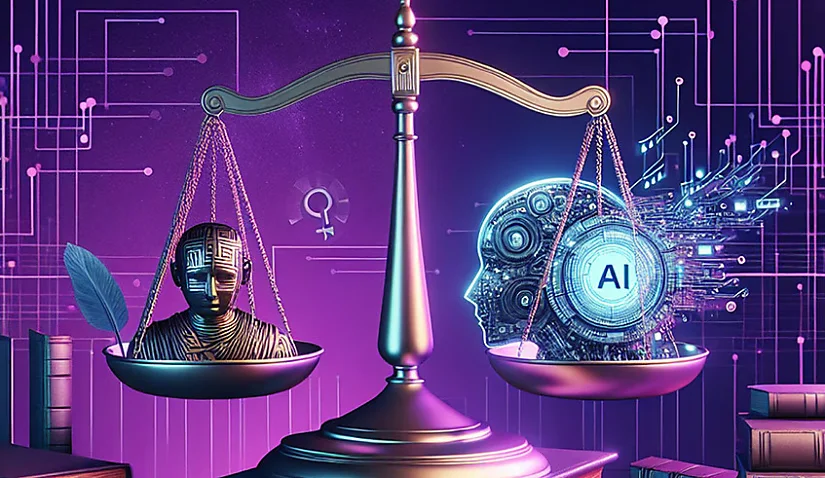
Fig. 1: Lawyering with AI: Balancing the Scale of Ethics and Efficiency - Curtesy: Lawyers Weekly
As Artificial Intelligence (AI) rapidly integrates into critical areas like healthcare, finance, education, and law, it becomes essential to ensure these systems operate ethically, transparently, and within legal bounds. AI Ethics and Compliance form the foundation for responsible innovation—where technology not only performs effectively but also respects human rights, legal standards, and societal values.
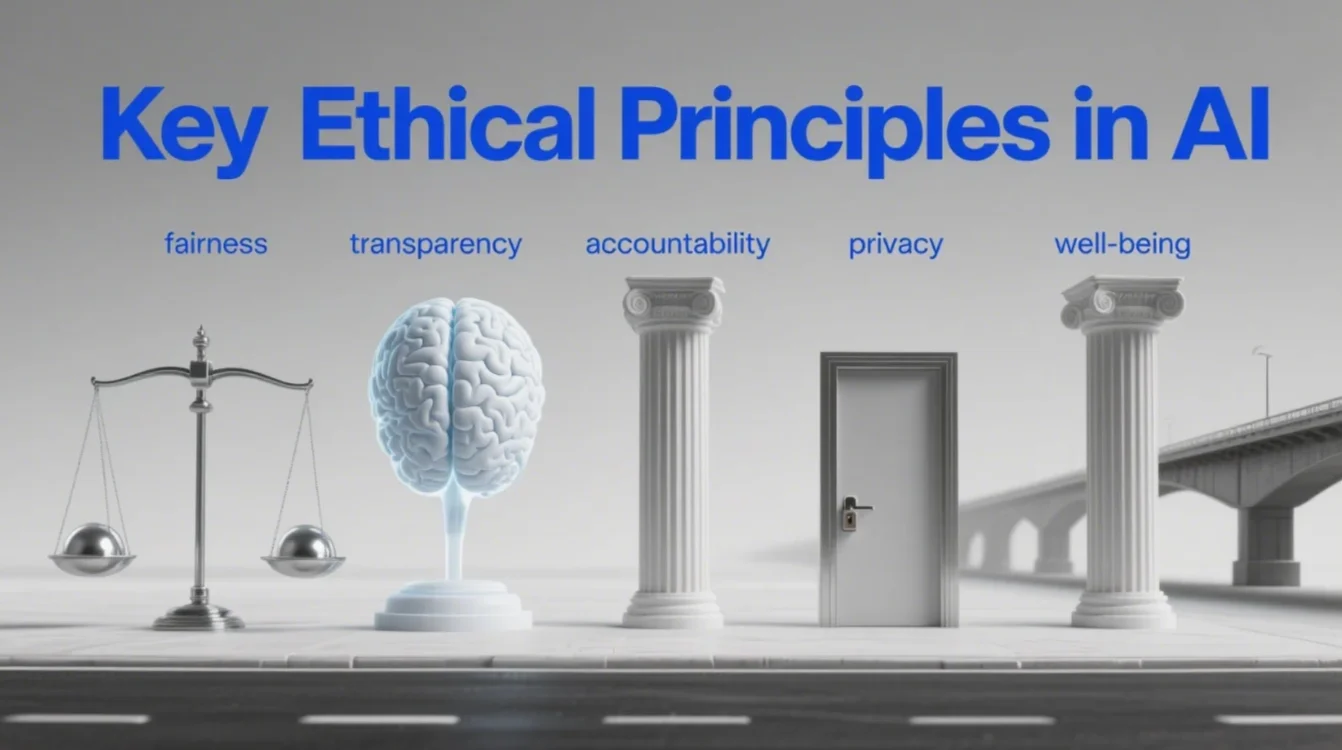
Fig. 2: AI Generated image-showing five pillars labeled: Fairness, Transparency,
Accountability,
Privacy, and well-being, supporting on digital justice scale.
Trustworthy AI systems are built around a core set of ethical principles:
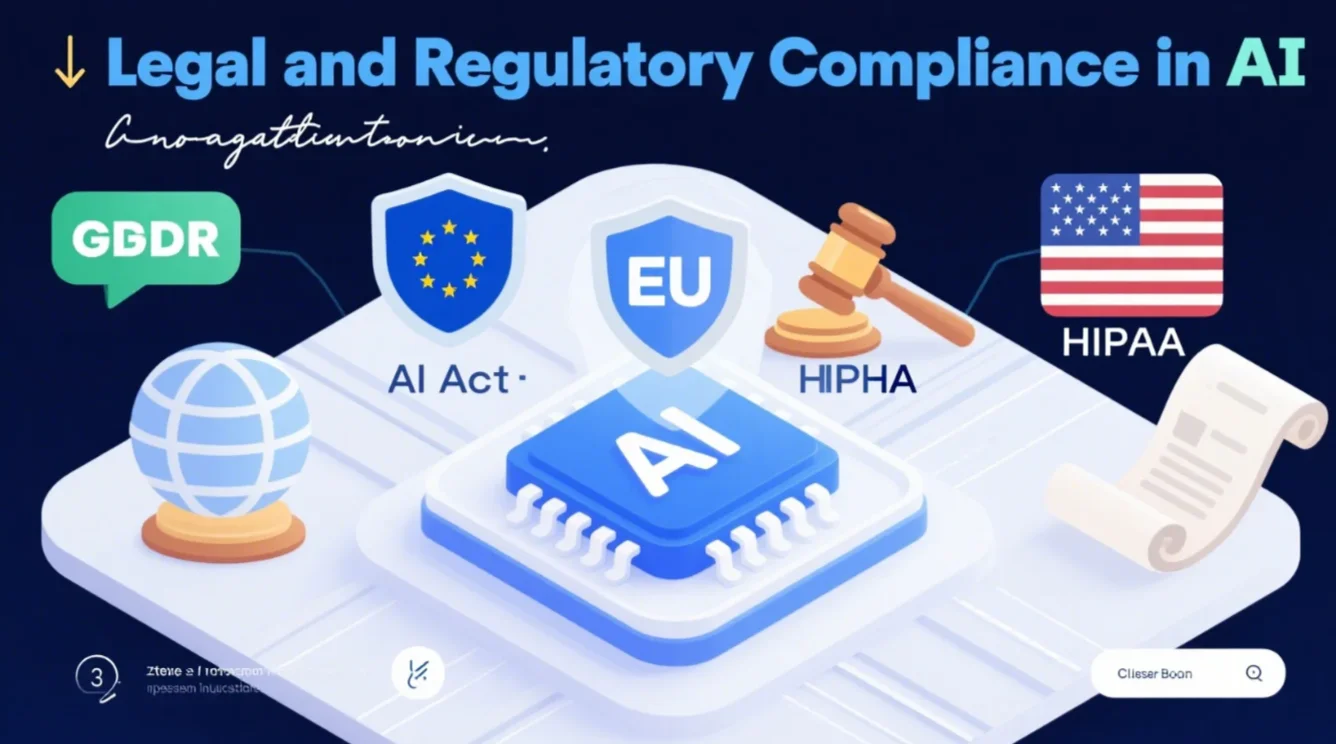
Fig. 3: AI Generated image: An infographic showing AI compliance across
regions: EU (GDPR, AI Act), USA (HIPAA), and
global icons like legal gavel, shield,
and document scrolls overlaying AI chip graphics.
Ethics must be complemented by compliance with global and regional legal frameworks. AI systems must follow:
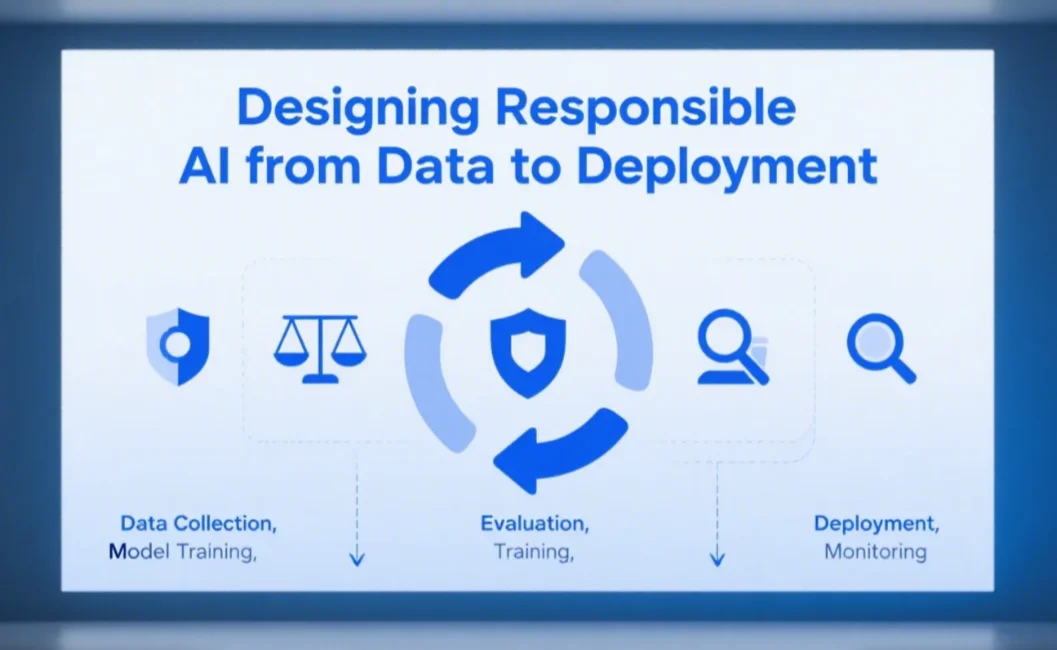
Fig. 4: AI Generated image: Visualize an AI development lifecycle loop with
phases with Data Collection, Model Training, Evaluation,
Deployment, and Monitoring. Overlay with icons like shield, scales, and magnifying glass for ethical checkpoints
A Lifecycle Approach to Responsible AI is essential. Ethical practices must be embedded from the early stages of data collection through model training and deployment. This includes:
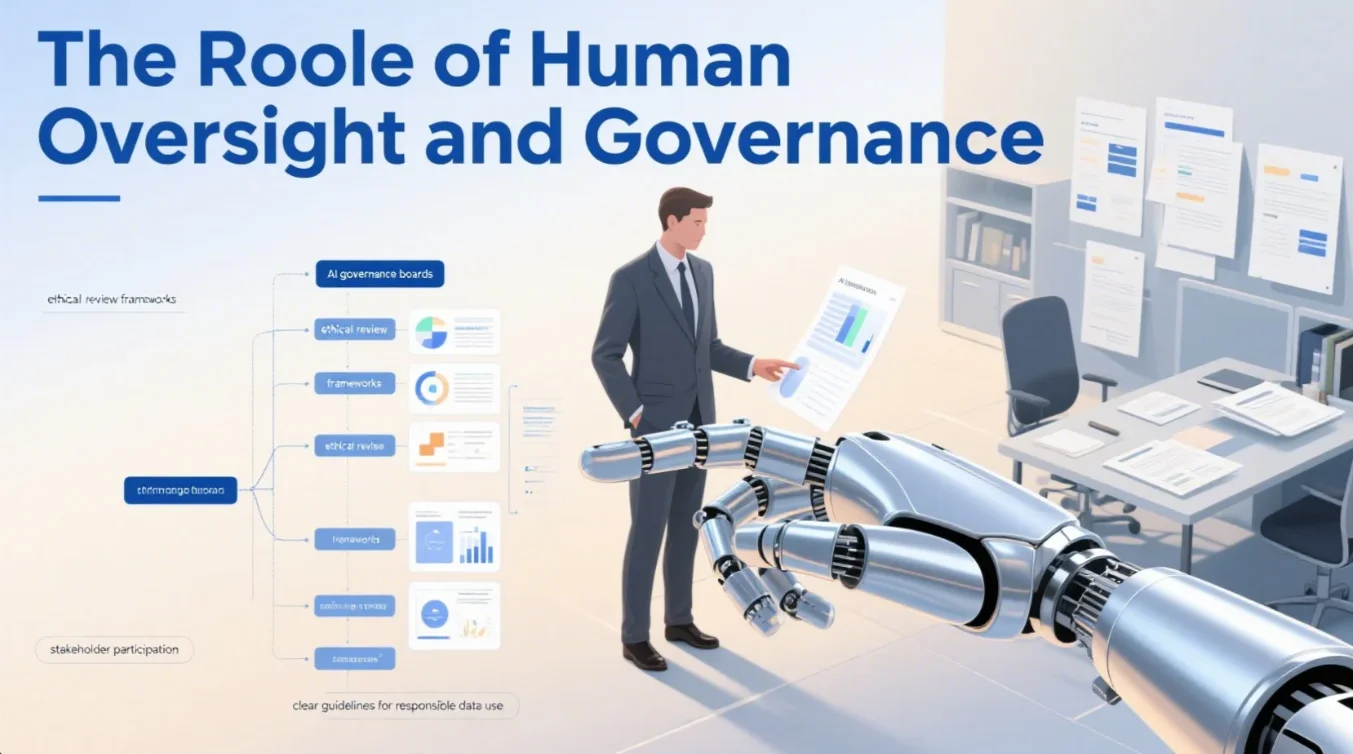
Fig. 5: AI Generated image: Illustrates a human figure guiding a robotic
hand
over a decision tree symbolizing human oversight in AI governance.
Ethics by Design also means empowering human-centered leadership. Organizations must establish:
This human-in-the-loop model ensures machines don't make unchecked decisions and that people remain in control of AI impact.
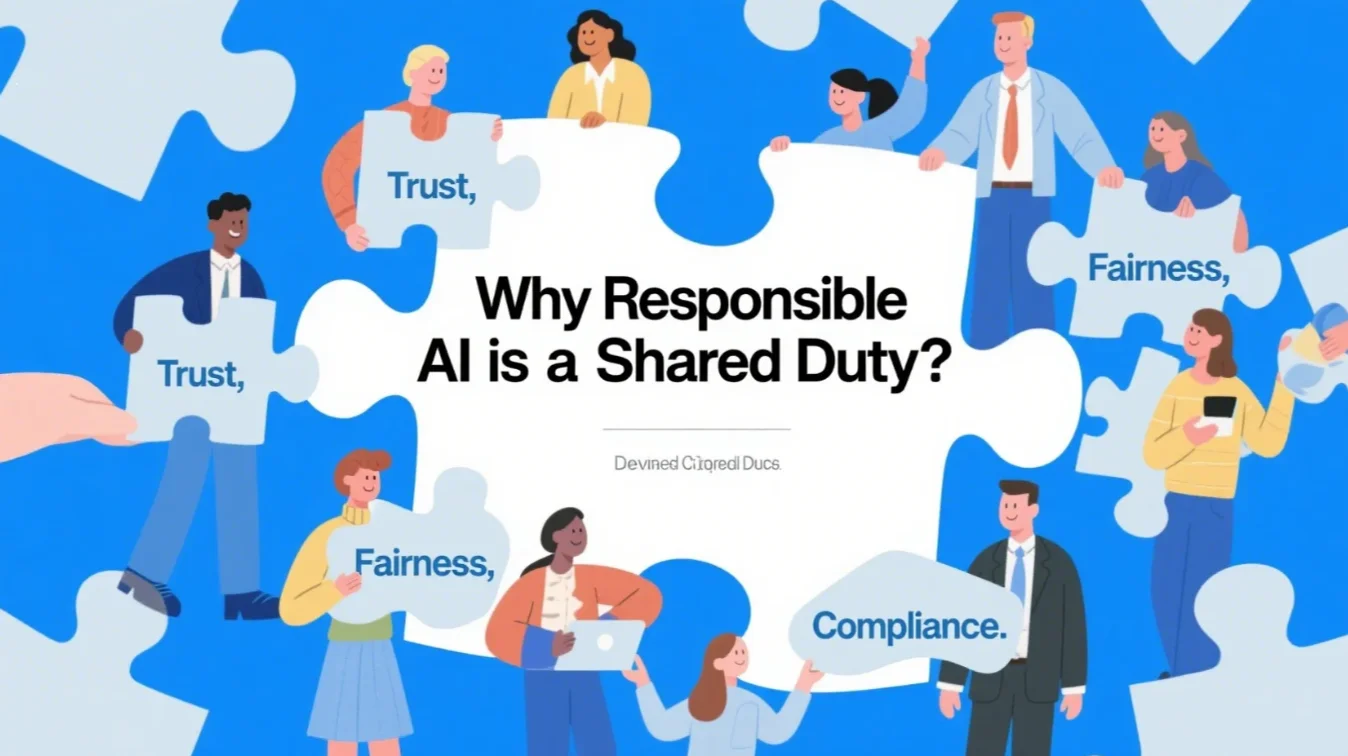
Fig. 6: AI Generated image: Visualization of diverse people (developers,
policymakers, users) collaboratively holding
pieces of an AI puzzle with the words “Trust,” “Fairness,” and “Compliance” appearing on the pieces.
AI is not just a technical innovation—it's a social force. As AI continues to shape critical
decisions in hiring, law enforcement, credit scoring, and more, the duty to uphold ethics
and compliance falls on everyone: developers, businesses, governments, and users.
The future of AI depends not only on how smart machines become, but how ethically
aligned and legally compliant they are with human values.
AI is not just a technical innovation—it's a social force. As AI continues to shape critical
decisions in hiring, law enforcement, credit scoring, and more, the duty to uphold ethics
and compliance falls on everyone: developers, businesses, governments, and users.
The future of AI depends not only on how smart machines become, but how ethically aligned and legally compliant they are with human values. Forthermore, a proactive Ethics by Design approach, embedding ethical considerations throughout the AI lifecycle — from data collection to model deployment — is crucial for earning public trust.
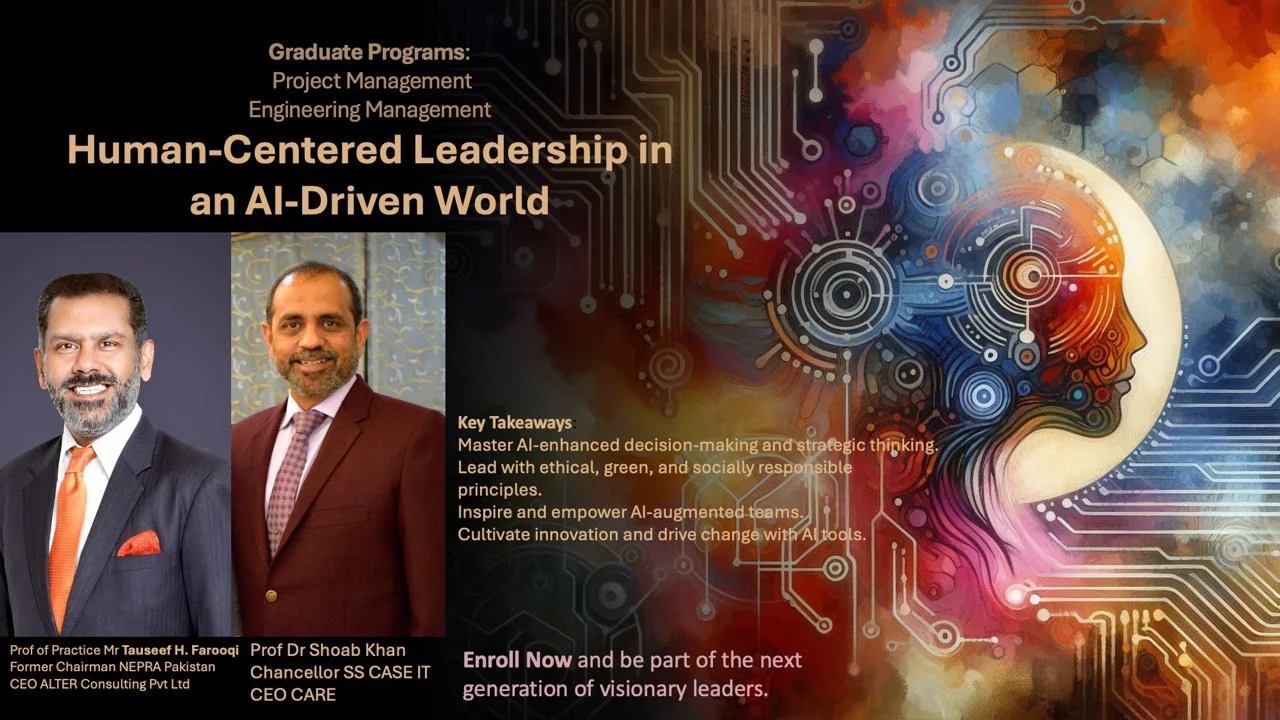
Fig. 7: Human-Centered Leadership in an AI-Driven World.
Curtesy: Sir Syed CASE Institute of Technology, Islamabad, Pakistan. https://case.edu.pk/
Building AI that respects human rights, promotes fairness, and complies with legal standards is no longer optional — it is a shared responsibility. As AI technology continues to advance, placing ethics and compliance at its core will be key to shaping a future that benefits all.
© 2025 HoqueAI. All rights reserved. | Privacy Policy